Solo in Stockholm, Sweden
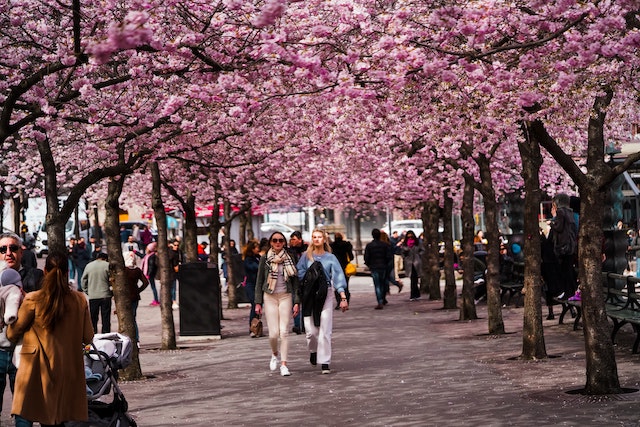
I travel a lot—it doesn’t take much to get me on a plane. I may pick a destination because it’s fun to say (Copenhagen), because I need a base camp for exploring several small cities via daily train trips (Brussels), or because it’s not the obvious choice (Budapest). I often travel to see specific artworks or a special museum. Last year I returned to London just to follow the Paddington Trail (I’m proud to say I found every single bear!).
There were three reasons I decided to visit Stockholm: I hadn’t been, the flight was affordable, and I liked that I could stay in a hostel that was formerly a prison. With my knowledge of Swedish culture limited to flat pack furniture, chewy red fish, the least intelligible Muppet and Crown Princess Victoria, I planned an itinerary featuring all of my usual activities and headed to the Nordic city comprised of 14 islands.
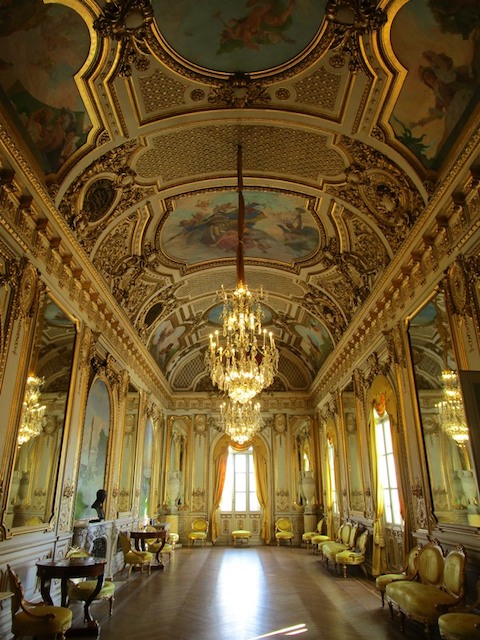
Though it’s not metropolitan like Paris, relaxed like Madrid, or bustling like Rome, Stockholm has a life and character all its own. Located where Lake Mälaren meets the Baltic Sea, Stockholm’s most defining trait is immediately apparent. This small capital city is prouder of its national and local heritage than anywhere else I’ve been.
The city has an overwhelming number of ways to learn about its past, traditions, and innovations.
When you visit City Hall, you don’t just tour administrative chambers. You descend the stairs that Nobel Laureates have used to enter the awards banquet since 1930.
At the Kungliga Operan (Royal Swedish Opera), the excellent tour includes not just the royal box but the staircase that the House of Bernadotte, which has ruled since 1818, rents from the city to ensure privacy. Several museums, including the Nordiska museet (Nordic museum) and Historiska museet (Swedish History Museum) are charged with preserving Sweden’s history and educating the public.
One of my favorite museums was the Livrustkammaren (Royal Armory), the oldest museum in Sweden. Established in 1628 and located in the cellar of the royal palace on Gamla stan, it contains weapons, armor, garments, and information about the country’s monarchs and military history. Some museums are dedicated to the history of Stockholm itself, while another is dedicated to native daughter Pippi Longstocking. The city has an overwhelming number of ways to learn about its past, traditions, and innovations.
Two places in particular give you a true sense of the city’s enduring devotion to sharing its history. The Vasamuseet (Vasa Museum) reminds you of the significance of the Swedish navy while also demonstrating the lengths to which Stockholm has gone to safeguard a unique piece of its history. The warship Vasa sank on her maiden voyage in 1628, but the brackish water preserved her so well that when she was raised virtually intact 333 years later, she required minimal conservation.
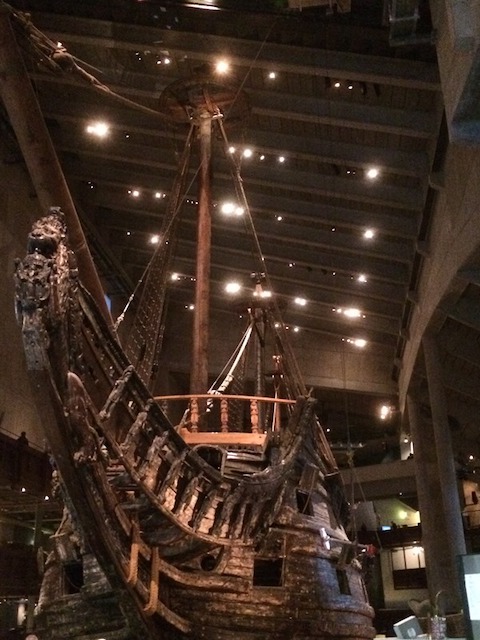
She’s about 90% original, including a trace of paint, but ropes and sails were replaced. She is the only surviving 17th century warship in the world, and you can’t help but be awed when you see her in all her glory in the center of the museum. More than a year later, the Vasamuseet is still the thing I talk about most when I talk about Stockholm. There is just nothing like it.
The best place to get a snapshot of Sweden’s development is Skansen, the world’s first open-air museum.
The best place to get a snapshot of Sweden’s development is Skansen, the world’s first open-air museum. Skansen features a collection of authentic houses and farmsteads that were built in the last few hundred years and relocated to the island of Djurgården to recreate a traditional 19th century town.
Each structure houses a workshop for a particular trade, complete with historically accurate tools and materials: a tannery featuring old hides and machinery, a glassblowing shop where you can watch demonstrations, a bakery where traditional pastries and breads are made using classic recipes.
In addition to giving visitors a chance to explore and understand the trades, tools, and skills that have been integral to Swedish life and growth, Skansen also has a zoo featuring typical Nordic animals including bears and lynx. A day spent exploring Skansen is a day spent discovering the foundation on which modern Sweden is built.
By the time I left I had developed an incredible respect for and appreciation of how it values its history, builds on its legacies, and carries its traditions into the future.
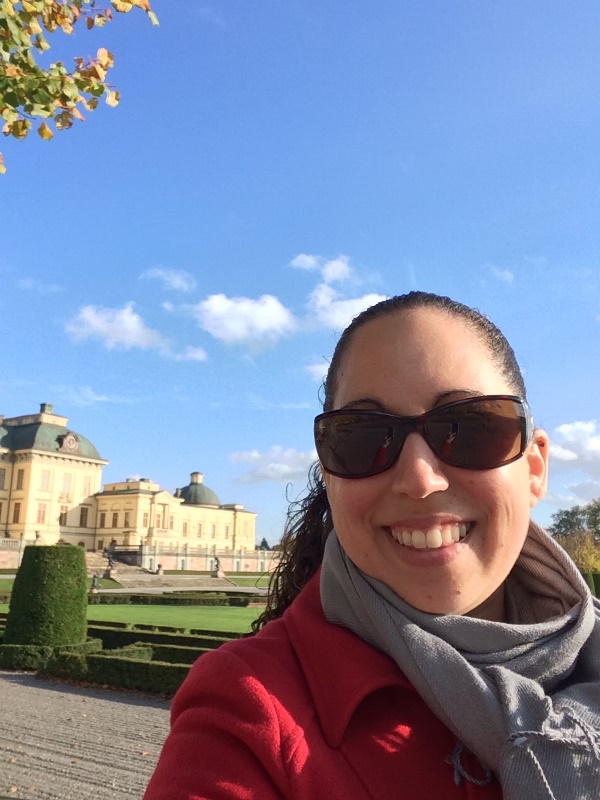
After several days feeling like a proud Swede (even though I have no Swedish ancestry), I ventured just outside of Stockholm to Drottningholm Palace. After touring the residence of King Carl XVI Gustaf and Queen Silvia, I had a chance to experience history first-hand at the Royal Court Theatre. Built in 1766 after the original structure burned down, the theatre hosts summertime productions and still uses original technology to move sets and create special effects. I was able to try an 18th century sound machine that replicated a rainstorm. It was the perfect way to end a visit to a city so steeped in its rich history and culture.
Though I had spent hours researching and planning my trip, my only expectations for Stockholm were that it would be interesting to experience and that I’d get a new stamp for my passport. By the time I left I had developed an incredible respect for and appreciation of how it values its history, builds on its legacies, and carries its traditions into the future. Sweden may be a small, insular country, but even a short time in Stockholm teaches you that it’s achieved much more than creating candy that sticks in your teeth and furniture you have to assemble yourself.
Solo in Stockholm, Sweden photo credits by Rachel Lulay.

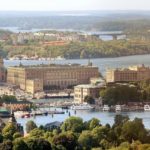


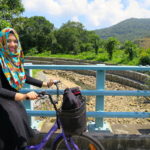




I’ve been wanting to go to Sweden for a while. Will get there one of these days! Thanks for sharing.
Thank you Rachel. love it !